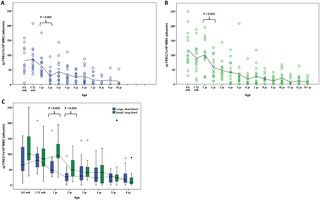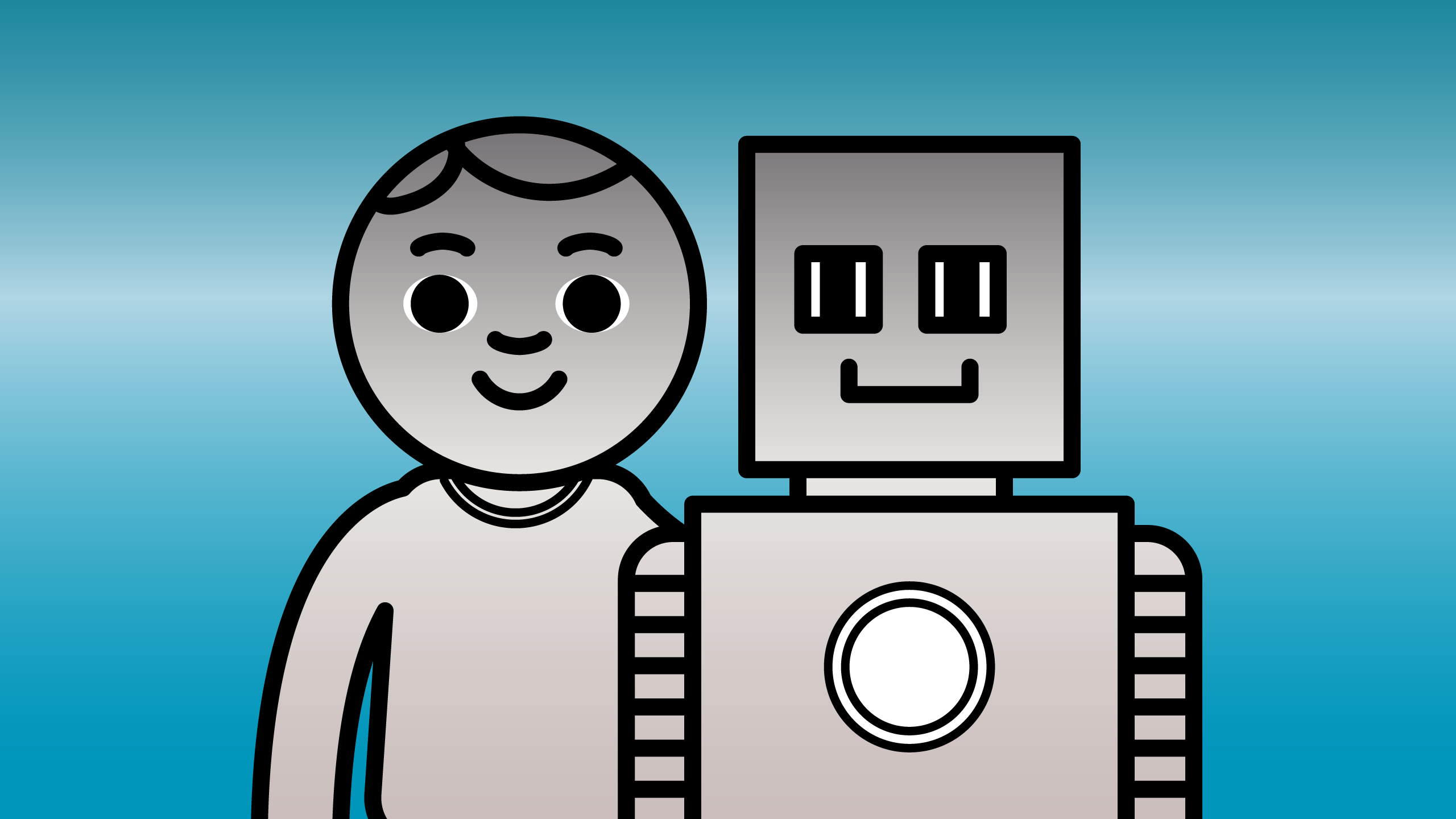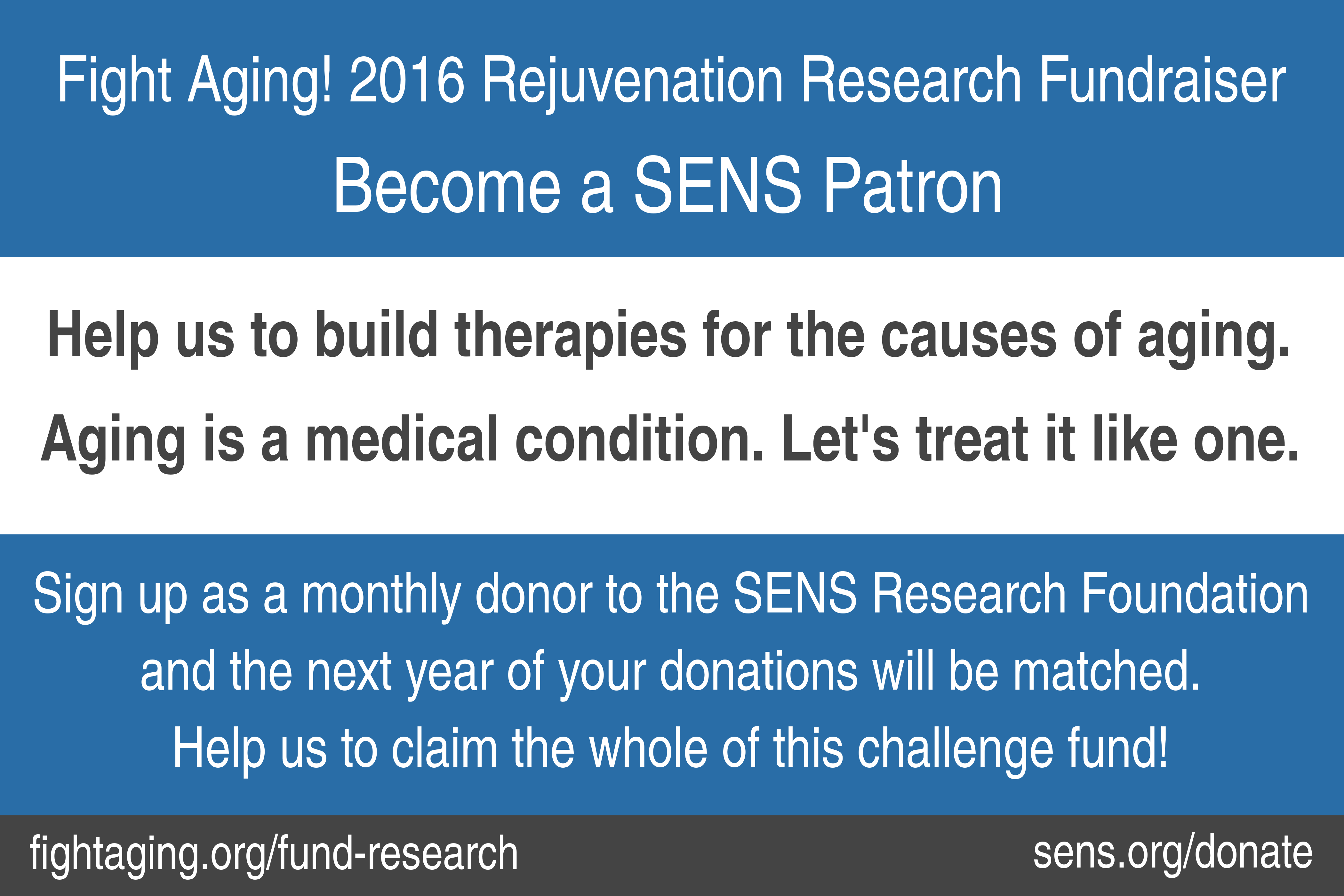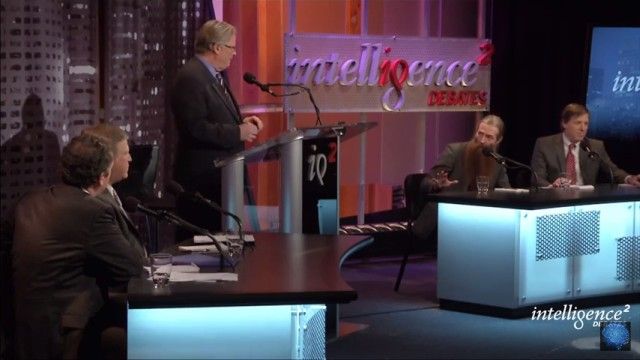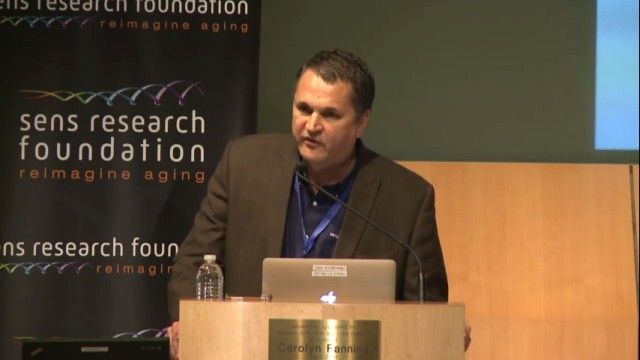Heart disease prevention measures have made some impact on mortality rates. Looking after your heart is absolutely critical for your longevity plan.
Despite the rising proportion of the older population who choose to be overweight or obese, risk of heart disease has declined somewhat in past few decades. This outcome can be attributed to prevention in the sense of at least some people taking better care of their health by specifically targeting measures such as blood pressure and blood lipid levels, coupled with prevention in the sense of treatments such as statins that also reliably influence these measures. Increased blood pressure with age, or hypertension, directly impacts risk of cardiovascular disease and other conditions by putting additional stress on tissue structures and causing the heart to remodel itself detrimentally. Higher blood lipid levels on the other hand contribute to the progression of atherosclerosis, attacking blood vessel walls to form fatty deposits that can later break to cause blockages or ruptures of blood vessels. These are all things best avoided if possible, but until the advent of rejuvenation therapies after the SENS model the best that can be done is to slow down the damage.
Quote:


